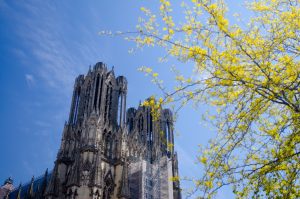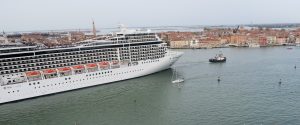Ouvrage Hackenberg, one of the largest forts in the Maginot Line, is composed of 17 combat blocks, working gun positions and shell hoists, an electric train and over 10 kilometres of tunnel. If you are interested in history, military or otherwise, the informative and lively guided tour is time very well spent.
The fort was built during the 1930s as part of the French defensive line named after the incumbent Minister of War, André Maginot. As one of the largest and first built it was so symbolic that it was chosen for a visit by King George VI during the phoney war in December 1939.
The fort saw action in 1940 when it was eventually surrendered to the Germans following the Armistice and later in 1944 when it was captured from German forces by General George Pattons 90th Infantry Division.
A guided tour of the fort takes approximately two and a half hours. Travel throughout the extensive galleries is by foot and by electric train. Extensive exhibits give a very good idea of what life would have been like for the defenders of Ouvrage Hackenberg and fully operating gun turrets, shell hoists and electrical generators add to the atmosphere.
Having entered the fort through the ammunition entrance and spent some time underground, it is fascinating and refreshing to find yourself stepping outside the fort through one of the infantry entrances onto green and forested hills complete with tank traps, barbed wire defences and machine gun cupolas; the very view the opposing forces would have had of the fort.
I would thoroughly recommend a visit to Ouvrage Hackenberg.
Details: Hackenberg Fort

